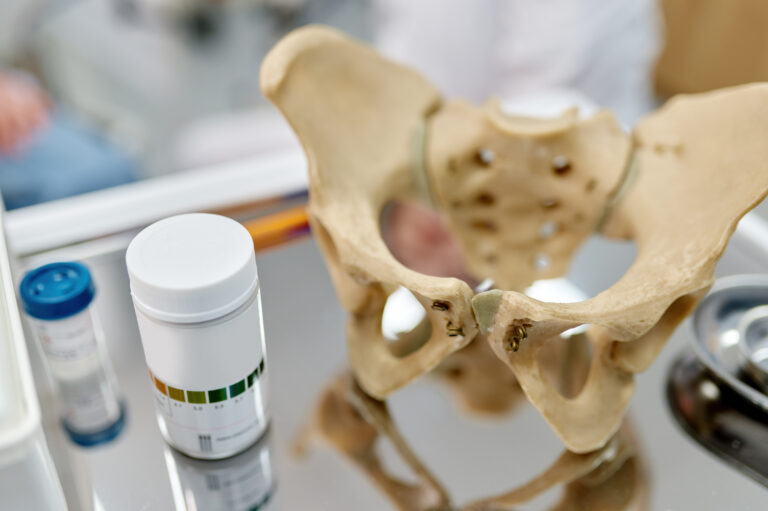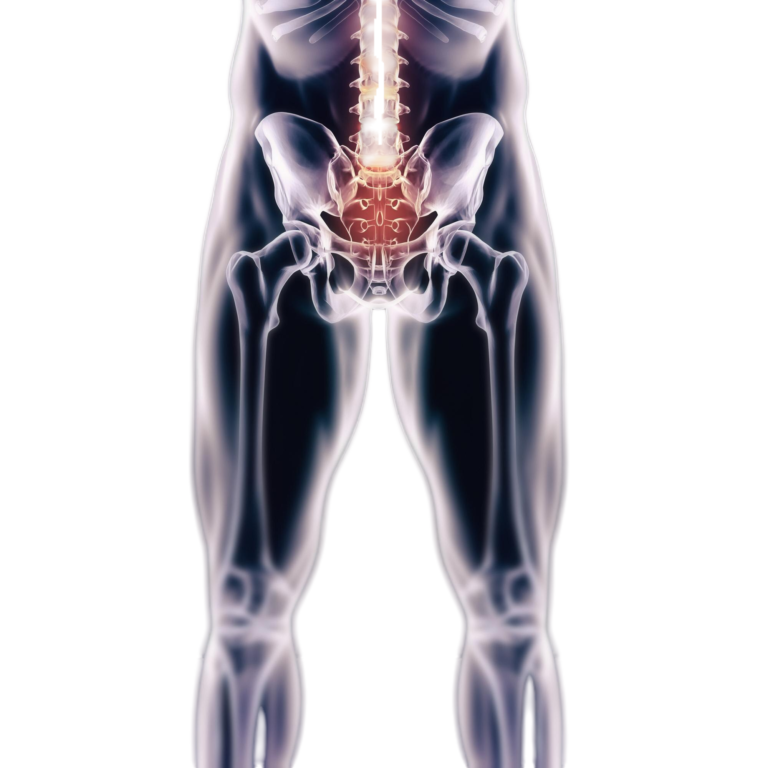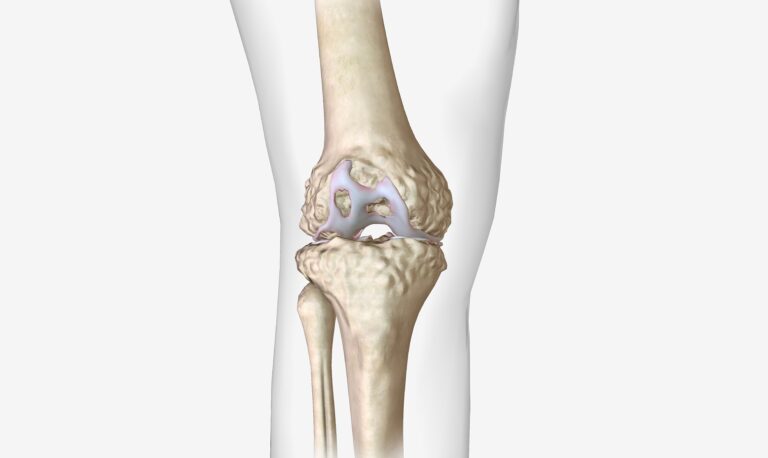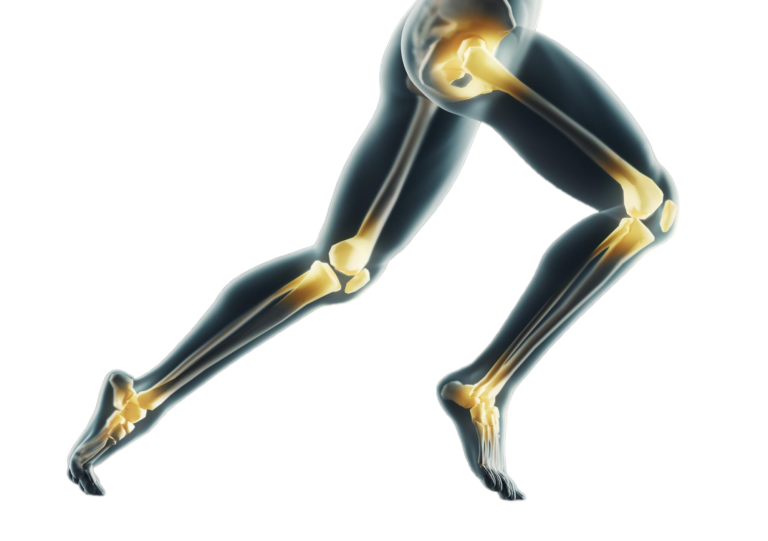
Introduction
Arthritis is a common condition that causes inflammation in the joints, leading to pain, stiffness, and decreased mobility. Women, especially those over the age of 50, are at a higher risk of developing arthritis, with osteoarthritis and rheumatoid arthritis being the most prevalent types. The condition can significantly affect daily activities and overall quality of life. Understanding how arthritis impacts mobility and the various treatment options available is essential for women seeking relief and aiming to maintain an active lifestyle.
Overview
Arthritis results in the degeneration of joint tissues, leading to pain, inflammation, and limited range of motion. In women, the condition can impact key joints like the knees, hips, and hands, affecting everything from walking to basic tasks like gripping objects. Over time, the pain and discomfort can lead to reduced physical activity, which can worsen the condition. While arthritis cannot be cured, effective treatments are available to manage symptoms, slow disease progression, and improve mobility.
Potential Risks and Complications
- Progressive Joint Damage: Without treatment, arthritis can lead to permanent joint damage, causing deformities and further mobility restrictions.
- Loss of Independence: As the condition worsens, women may find it increasingly difficult to perform everyday activities, affecting independence and requiring assistance.
- Increased Risk of Falls: Pain, stiffness, and limited range of motion increase the risk of falls and injuries, particularly for women with arthritis in weight-bearing joints like the knees or hips.
Understanding the Recovery Process
- Pain Management: Nonsteroidal anti-inflammatory drugs (NSAIDs), acetaminophen, or corticosteroid injections can help manage pain and inflammation.
- Physical Therapy: Targeted exercises can improve joint mobility, strengthen surrounding muscles, and enhance flexibility, which reduces stress on the joints.
- Joint Protection Techniques: Adapting movement patterns and using assistive devices, such as joint supports or walking aids, can minimize pain and prevent further joint damage.
- Surgical Interventions: In severe cases where conservative treatments fail, surgical options such as joint replacement may be considered to improve mobility and quality of life.
Factors Influencing Outcomes
- Early Intervention: The earlier arthritis is diagnosed and treated, the better the chances of managing symptoms and preventing long-term joint damage.
- Activity Level: Staying physically active with low-impact exercises like swimming, biking, or walking can help preserve joint function and reduce pain.
- Comorbid Conditions: Other health issues, such as obesity or diabetes, can affect arthritis progression and treatment outcomes.
- Adherence to Treatment Plan: Consistent use of prescribed medications, physical therapy, and lifestyle changes can significantly improve long-term outcomes.
Informed Decision-Making
- Exploring Treatment Options: Women should discuss various treatment options, including medications, physical therapy, and lifestyle changes, with their healthcare provider to determine what will work best for their specific condition and lifestyle.
- Considering Surgery: If conservative treatments are no longer effective, women should discuss the benefits and risks of surgical interventions, including joint replacement or arthroscopy, with their doctor.
- Lifestyle Modifications: Women should work with their healthcare team to incorporate joint-friendly exercises, weight management, and proper nutrition to manage arthritis more effectively.
Key Takeaway
Arthritis can significantly impact mobility, but with the right treatment and lifestyle adjustments, women can manage symptoms, improve joint function, and continue leading an active life. Early diagnosis and a comprehensive treatment plan, including pain management, physical therapy, and possibly surgical options, are essential for minimizing the impact of arthritis on daily activities.
Disclaimer
This information is for educational purposes only and should not be considered as medical advice. Always consult with a healthcare provider for a proper diagnosis and personalized treatment plan for arthritis.




